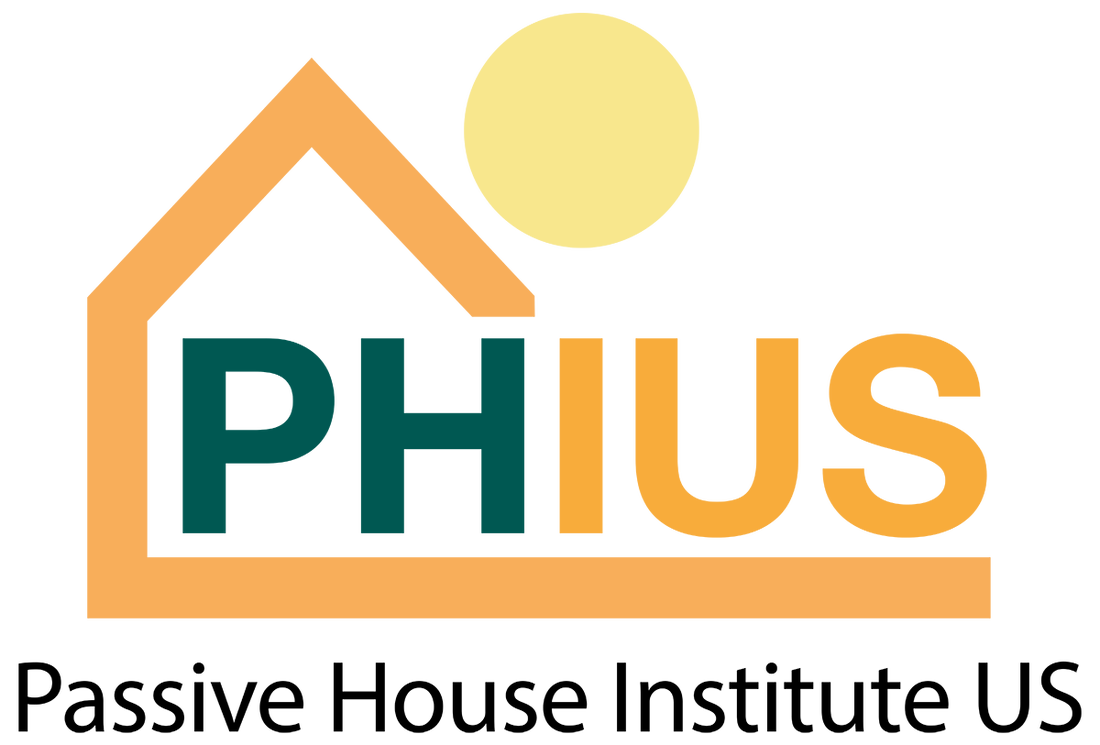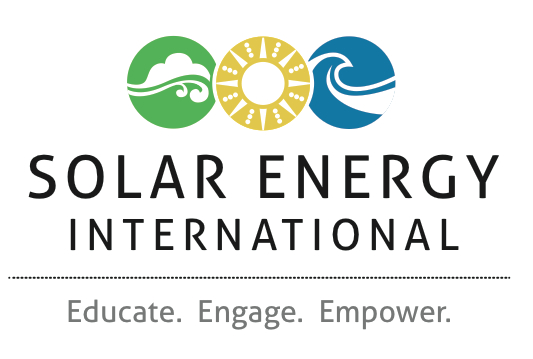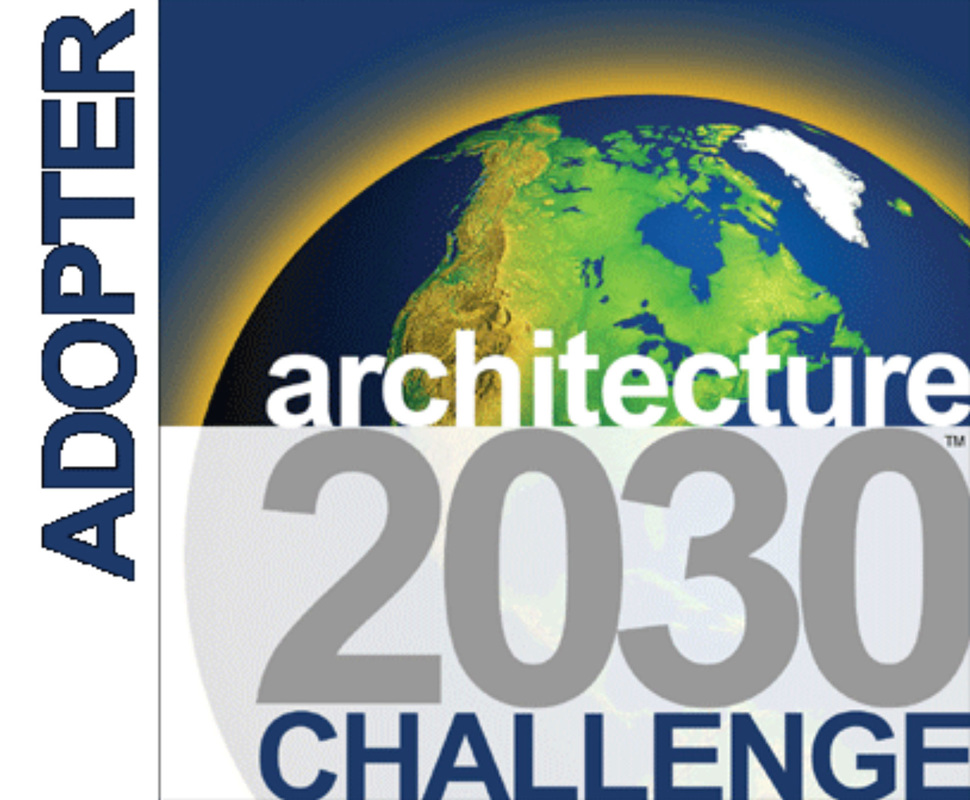|
Introduction: Anderson Sustainable Architecture Blog
The benefits of Passive House quality buildings are: • Supreme Indoor Air Quaility and • Healthier Occupants. With a steady supply of fresh air, constantly filtered from exterior and interior air contaminants, and air temperature and humidity levels that avoid condensation and mold the air is cleaner, fresher and occupants healthier. • Increased Comfort. With draft free, consistent interior temperature and humidity building occupants will be comfortable, even next to a window with sub-zero outside temperatures. • Energy Savings. Up to 90% of needed building heating energy can be captured and repurposed from the passive heating of the sun and building occupants. • Decreased Building Maintenance and • Increased Building Durabilty. Building science informed design and construction manage temperature and moisture in building materials and assemblies, prolonging their life and decreasing necessary maintenance. • Power Outage Resilience. Highly insulated Passive House quality buildings can take 3 days to cool to 50 degrees inside during a winter power outage when the outside temperature is below freezing. Similarily, buildings take longer to heat up during a summer power outage. • Low, Zero or Net-Energy opportunity. Using significantly less energy, a Passive House quality building is the shortest step for renewable energy sources to cover most, all or more energy than a building needs. Unused energy could be sold back to an electric utility, power a vehicle or mow the yard. • Sustainable Design. Besides using less energy, and the building already meeting the goals of the Architecture 2030 Challenge, renewable materials such as lower-cost low-carbon insulation like cellulose can be used. • Financial Return on Investment. As the energy market fluctuates and rises, real estate energy saving investments gain in value.
Education, advocacy, learning and milestones.
0 Comments
Your comment will be posted after it is approved.
Leave a Reply. |
Mark Anderson, AIA, CPHCFor my day job, I'm an architect focused on green design. Not a bad gig! Caring for the planet is a theme throughout my life. This page is where I like to talk about how that love for the earth plays out – in architecture and in my life. Archives
July 2023
Categories |

 RSS Feed
RSS Feed




